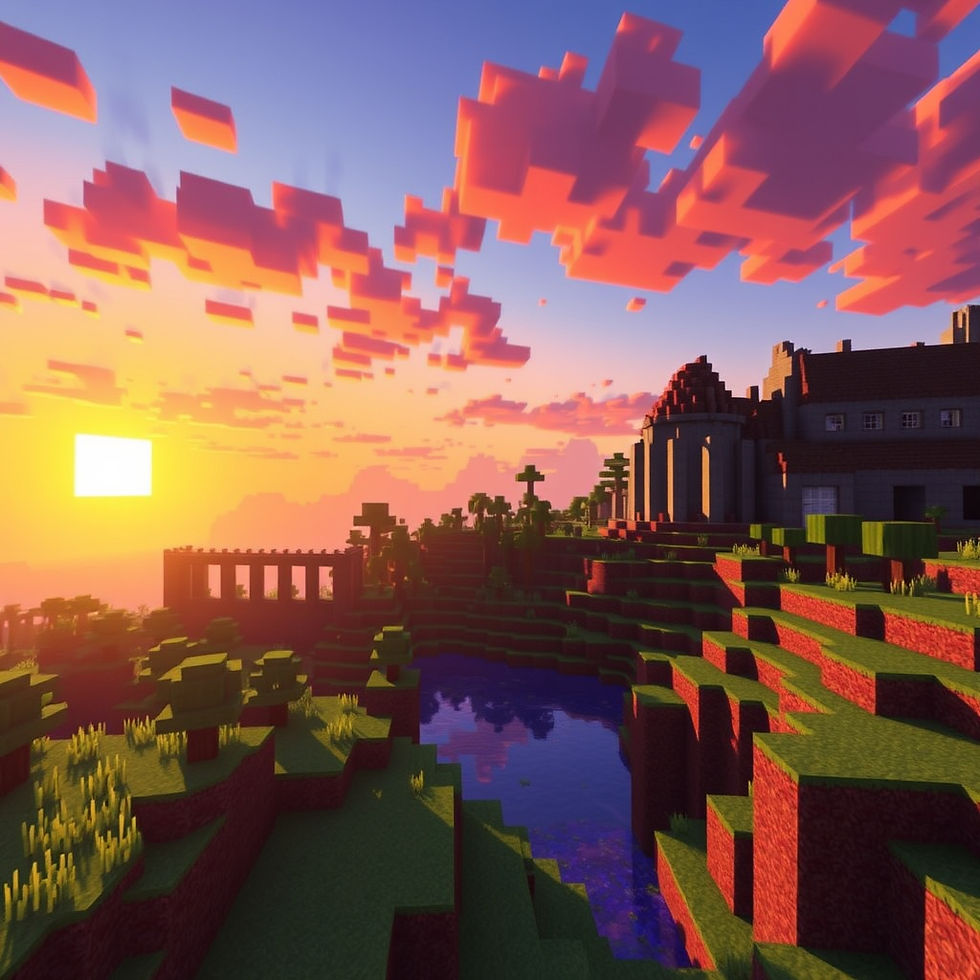When Game Art Breaks Reality: The Subtle Power of Imperfections
- Geniuscrate

- Sep 13
- 2 min read

In the pursuit of hyper-realism, game developers often strive for flawless visuals. Perfectly polished metals, unblemished walls, and symmetrical designs dominate many modern titles. But here’s the paradox: perfection can make a game feel less real. True immersion doesn’t come from perfection, but it comes from imperfection.
Why Imperfections Matter
In the real world, nothing is perfect. Surfaces crack, colors fade, and even brand-new objects have subtle irregularities. Adding these micro-details in games, like a chipped blade, uneven pavement, or a smudge on glass, can make an environment feel instantly authentic.
The “Too Clean” Problem
Many early 3D games suffered from what artists call the “plastic look.” Assets were smooth, reflective, and uniform, breaking immersion. Modern pipelines now integrate procedural wear and tear to counteract this. Players rarely notice consciously, but subconsciously, their brains register the realism.
Storytelling Through Flaws
Imperfections are more than decoration because they’re narrative tools. A rusted lock hints at abandonment. Faded graffiti tells of past rebellion. Scratches on armor reveal a character’s battles. These subtle design choices enrich storytelling without a single word.
The Artist’s Balancing Act
The challenge is in balance. Too many imperfections create visual noise; too few make worlds sterile. Great 3D game art relies on calculated irregularity, blending procedural tools with handcrafted touches for the perfect mix of realism and artistry.
GeniusCrate’s Approach
At GeniusCrate, we embrace imperfections as design language. Using tools like Substance Painter, Blender, and Unreal Engine, our team creates environments and characters that feel lived-in and authentic. Every scratch, stain, and shadow is placed with intent, because sometimes, what makes art perfect is what makes it imperfect.
Conclusion
In gaming, flaws aren’t mistakes, they’re immersion enhancers. By weaving imperfections into design, developers build worlds that breathe, age, and tell stories. After all, reality isn’t perfect, and neither should virtual worlds be.



Comments